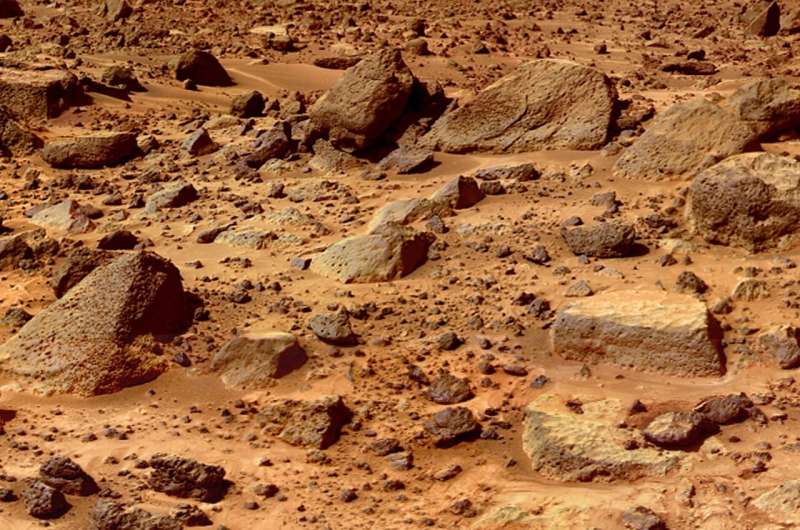Once it is about a kilometer above the landing site, high resolution 3D flash lidar images can be used to identify hazardous terrain features and select the safest landing location. During the final approach, flash lidar can help to track terrain features and guide the vehicle to the selected landing location.
One challenge to implementing flash lidar in this process is the need for a large mechanical gimbal that scans the target area to acquire individual lidar images that are then stitched together. In the new work, the researchers tested a super-resolution algorithm they developed in an effort to eliminate the need for a scanning gimbal. Their solution involves enlarging the lidar field of view to cover the entire area of interest and then taking a sequence of images of the same scene from different positions and viewing angles. These images are then computationally combined to achieve a high-resolution view of the scene.
"Our super-resolution algorithm allows for a stand-alone compact lidar sensor since it doesn't require position and attitude data from an external sensor," added Amzajerdian. "This approach also lowers range measurement noise, recovers bad pixels and reduces acquisition time because of the lidar high frame rate."
Demonstrated advantages
The researchers tested the new technique using a hazard field placed under a moving platform at the NASA Langley Research Center gantry facility. The facility lifted the flash lidar system to a height of 64 meters above the ground and introduced a vertical motion with some random lateral movements. The experiments showed that the super-resolution algorithm greatly reduced range noise while producing an image resolution that was at least 25 times greater than when flash lidar was used alone.
The researchers are now developing a prototype with an upgraded lidar system for use in a series of aircraft flight tests to demonstrate its capabilities for future landing missions.
More information: Conference: www.optica.org/en-us/events/co … ress/laser_congress/
Provided by Optica



